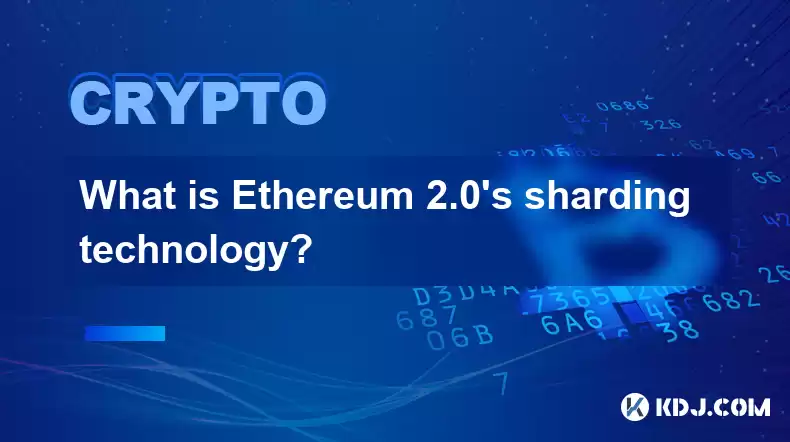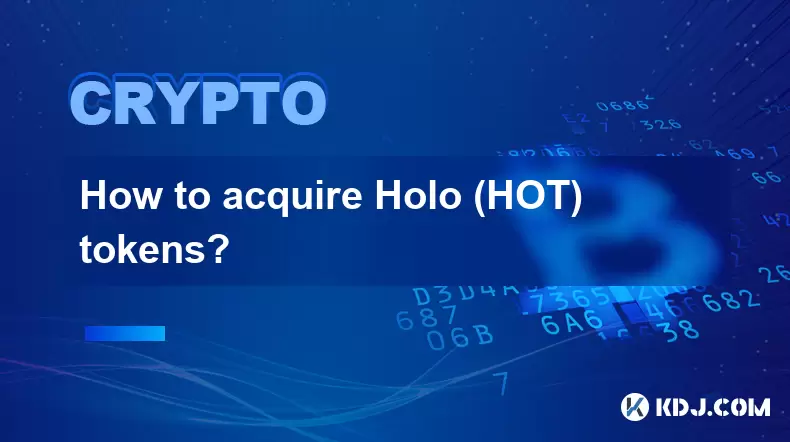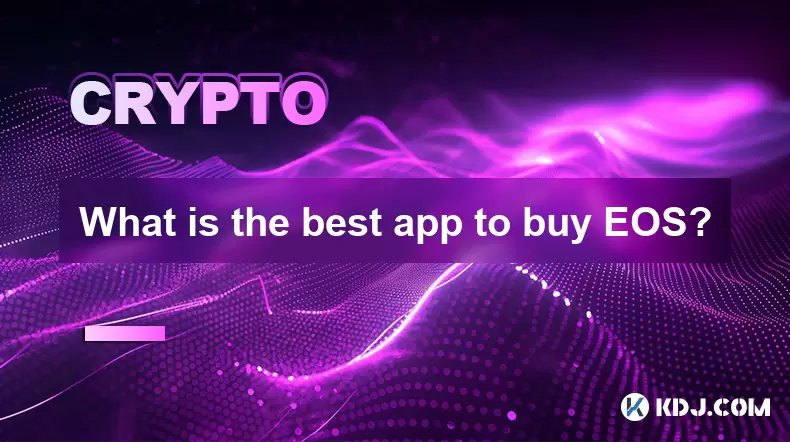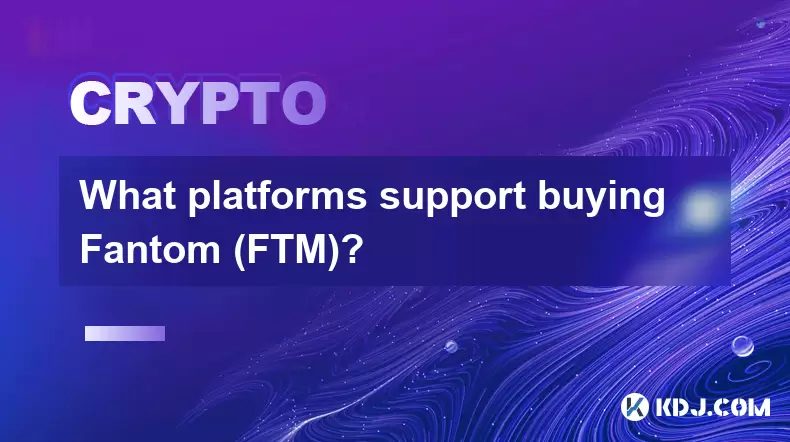-
 Bitcoin
Bitcoin $117500
2.15% -
 Ethereum
Ethereum $3911
6.19% -
 XRP
XRP $3.316
10.79% -
 Tether USDt
Tether USDt $1.000
0.01% -
 BNB
BNB $787.2
2.24% -
 Solana
Solana $175.2
4.15% -
 USDC
USDC $0.9999
0.00% -
 Dogecoin
Dogecoin $0.2225
8.40% -
 TRON
TRON $0.3383
0.28% -
 Cardano
Cardano $0.7868
6.02% -
 Stellar
Stellar $0.4382
9.34% -
 Hyperliquid
Hyperliquid $40.92
7.56% -
 Sui
Sui $3.764
7.63% -
 Chainlink
Chainlink $18.48
10.66% -
 Bitcoin Cash
Bitcoin Cash $582.1
1.88% -
 Hedera
Hedera $0.2601
6.30% -
 Avalanche
Avalanche $23.33
4.94% -
 Ethena USDe
Ethena USDe $1.001
0.02% -
 Litecoin
Litecoin $122.3
2.04% -
 UNUS SED LEO
UNUS SED LEO $8.969
-0.27% -
 Toncoin
Toncoin $3.339
0.86% -
 Shiba Inu
Shiba Inu $0.00001287
4.30% -
 Uniswap
Uniswap $10.43
7.38% -
 Polkadot
Polkadot $3.861
5.08% -
 Dai
Dai $1.000
0.02% -
 Bitget Token
Bitget Token $4.513
3.41% -
 Monero
Monero $267.7
-6.18% -
 Cronos
Cronos $0.1499
4.14% -
 Pepe
Pepe $0.00001110
5.15% -
 Aave
Aave $284.9
8.28%
What is Ethereum 2.0's sharding technology?
Ethereum 2.0's sharding technology, launching in phases, aims to significantly enhance scalability, increase transaction speeds, reduce fees, and improve the network's security.
Feb 16, 2025 at 05:25 pm

Key Points:
- Overview of Ethereum 2.0 and its Sharding Technology
- Advantages and Disadvantages of Sharding
- Steps Involved in Implementing Sharding in Ethereum 2.0
- Current Status and Future Roadmap for Sharding
- Potential Benefits and Challenges of Sharding for Ethereum
What is Ethereum 2.0's Sharding Technology?
Ethereum 2.0 is a major upgrade to the Ethereum network that aims to improve its scalability, security, and efficiency. One of the key components of Ethereum 2.0 is sharding, a technology that will divide the blockchain into smaller, more manageable pieces called shards. This will allow Ethereum to process more transactions in parallel, significantly increasing its throughput.
Advantages of Sharding
- Increased Scalability: Sharding allows Ethereum to process a much larger number of transactions per second than the current network. This will make Ethereum more suitable for large-scale applications and enterprise use cases.
- Lower Transaction Fees: As Ethereum becomes more scalable, demand for network resources will decrease, leading to lower transaction fees.
- Improved Security: Sharding will make Ethereum more resistant to malicious attacks by distributing the load across multiple shards.
Disadvantages of Sharding
- Increased Complexity: Implementing sharding in Ethereum is a complex and challenging task that involves significant technical and architectural changes.
- Potential for Data Inconsistency: Sharding can introduce data discrepancies between different shards, which need to be carefully managed to ensure the integrity of the network.
- Network Fragmentation: Sharding can lead to network fragmentation, where different shards may become isolated and unable to communicate with each other.
Steps Involved in Implementing Sharding in Ethereum 2.0
- Phase 0: Beacon Chain Launch (December 2020)
Phase 1: Shard Chain Launch (Late 2023 or 2024)
- Introduction of 64 shards
- Creation of shard chains
- Sharding of blockchain data and processing
Phase 2: Shard Chain Refinement (Timeline TBD)
- Optimization of shard chains for performance and efficiency
- Development of cross-shard communication protocols
Phase 3: EVM Integration (Timeline TBD)
- Integration of the Ethereum Virtual Machine (EVM) into shard chains
- Allowing smart contracts to execute on shards
Current Status and Future Roadmap for Sharding
The Beacon Chain, the first phase of Ethereum 2.0, was successfully launched in December 2020. The launch of Phase 1 is expected to occur in late 2023 or 2024, with subsequent phases to follow.
Potential Benefits and Challenges of Sharding for Ethereum
Potential Benefits:
- Increased throughput and scalability
- Lower transaction fees
- Improved security
- Support for larger and more complex applications
Potential Challenges:
- Technical complexity of implementation
- Data consistency and integrity concerns
- Network fragmentation risks
FAQs on Ethereum 2.0's Sharding Technology
Q: What are some of the limitations of the current Ethereum network that sharding aims to address?
A: The current Ethereum network suffers from low scalability, high transaction fees, and limited security due to its Proof-of-Work consensus mechanism. Sharding addresses these issues by increasing throughput, reducing fees, and improving security.
Q: How does sharding differ from other scalability solutions, such as Layer-2 solutions?
A: Sharding is a Layer-1 solution that involves modifying the core architecture of Ethereum. Layer-2 solutions, such as rollups and sidechains, are built on top of Ethereum and are not as deeply integrated.
Q: What are the potential drawbacks of sharding?
A: Sharding introduces challenges related to data consistency, network fragmentation, and increased complexity. These drawbacks need to be carefully managed and mitigated to ensure the stability and security of Ethereum after sharding is implemented.
Q: When can we expect sharding to be fully implemented on Ethereum?
A: The full implementation of sharding on Ethereum is expected to take several years. Phase 1, which will introduce sharding to the network, is estimated to launch in late 2023 or 2024, with subsequent phases to follow.
Disclaimer:info@kdj.com
The information provided is not trading advice. kdj.com does not assume any responsibility for any investments made based on the information provided in this article. Cryptocurrencies are highly volatile and it is highly recommended that you invest with caution after thorough research!
If you believe that the content used on this website infringes your copyright, please contact us immediately (info@kdj.com) and we will delete it promptly.
- FTT Token's Wild Ride: Creditor Repayments vs. Market Drop - A New Yorker's Take
- 2025-08-08 07:10:12
- Floki Crypto Price Prediction: Riding the Robinhood Rocket or Just a Meme?
- 2025-08-08 07:15:12
- EigenLayer, Restaking, and Ethereum: Navigating the Hype and the Hazards
- 2025-08-08 06:30:12
- Super Bowl 59: Jon Batiste to Jazz Up the National Anthem
- 2025-08-08 06:30:12
- Cold Wallet Crypto in 2025: The Future is Now, Ya'll
- 2025-08-08 05:10:13
- MAGACOIN, SOL, and ADA: A Tale of Shifting Tides in Crypto
- 2025-08-08 05:10:13
Related knowledge

Where can I buy UMA (UMA)?
Aug 07,2025 at 06:42pm
Understanding UMA and Its Role in Decentralized FinanceUMA (Universal Market Access) is an Ethereum-based decentralized finance (DeFi) protocol design...

What exchanges support buying IOTA (MIOTA)?
Aug 07,2025 at 09:58pm
Understanding the Role of Private Keys in Cryptocurrency SecurityIn the world of cryptocurrency, private keys are the cornerstone of ownership and con...

How to acquire Holo (HOT) tokens?
Aug 08,2025 at 05:56am
Understanding Holo (HOT) and Its EcosystemHolo (HOT) is a cryptocurrency token associated with the Holo ecosystem, which is built on the Holochain fra...

Where can I get Thorchain (RUNE)?
Aug 08,2025 at 08:07am
Understanding the Role of Seed Phrases in Cryptocurrency WalletsA seed phrase, also known as a recovery phrase or mnemonic phrase, is a critical compo...

What is the best app to buy EOS?
Aug 07,2025 at 04:35pm
Understanding EOS and Its Role in the Cryptocurrency EcosystemEOS is a blockchain platform designed to support decentralized applications (dApps) with...

What platforms support buying Fantom (FTM)?
Aug 08,2025 at 01:56am
Overview of Fantom (FTM) and Its EcosystemFantom (FTM) is a high-performance, scalable, and secure layer-1 blockchain designed to overcome the limitat...

Where can I buy UMA (UMA)?
Aug 07,2025 at 06:42pm
Understanding UMA and Its Role in Decentralized FinanceUMA (Universal Market Access) is an Ethereum-based decentralized finance (DeFi) protocol design...

What exchanges support buying IOTA (MIOTA)?
Aug 07,2025 at 09:58pm
Understanding the Role of Private Keys in Cryptocurrency SecurityIn the world of cryptocurrency, private keys are the cornerstone of ownership and con...

How to acquire Holo (HOT) tokens?
Aug 08,2025 at 05:56am
Understanding Holo (HOT) and Its EcosystemHolo (HOT) is a cryptocurrency token associated with the Holo ecosystem, which is built on the Holochain fra...

Where can I get Thorchain (RUNE)?
Aug 08,2025 at 08:07am
Understanding the Role of Seed Phrases in Cryptocurrency WalletsA seed phrase, also known as a recovery phrase or mnemonic phrase, is a critical compo...

What is the best app to buy EOS?
Aug 07,2025 at 04:35pm
Understanding EOS and Its Role in the Cryptocurrency EcosystemEOS is a blockchain platform designed to support decentralized applications (dApps) with...

What platforms support buying Fantom (FTM)?
Aug 08,2025 at 01:56am
Overview of Fantom (FTM) and Its EcosystemFantom (FTM) is a high-performance, scalable, and secure layer-1 blockchain designed to overcome the limitat...
See all articles

























































































